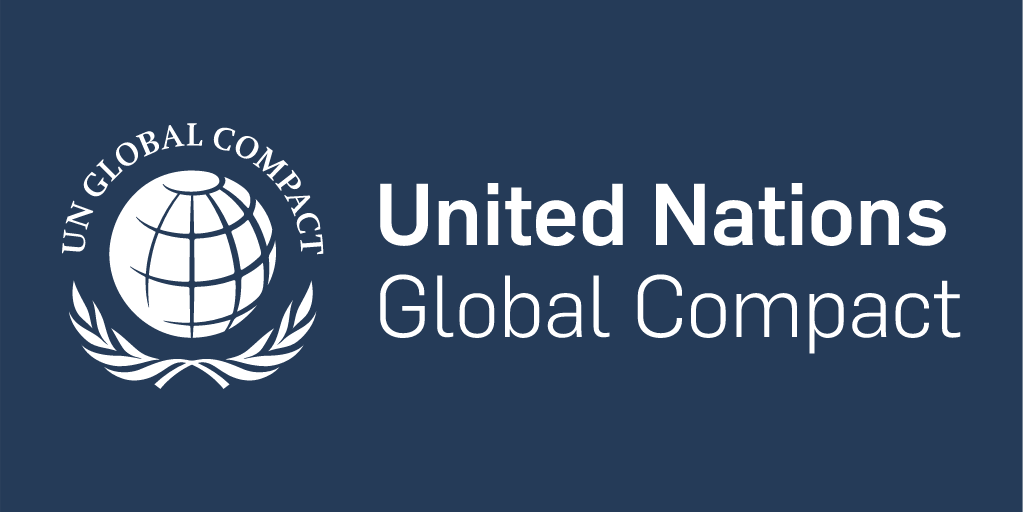Review your organisation’s advocacy practices
As a procurer, it is crucial that you ensure your organisation's advocacy and lobbying efforts align with your sustainability objectives. This involves assessing lobbying expenditure, policymaker engagement, trade association memberships, and public stances on sustainability.1 If you detect a disconnect between these aspects and your value chain-related sustainability goals, consider revising your advocacy strategies or, if necessary, dissociating from advocacy groups that don't align with your sustainable procurement values and practices.2
EXAMPLE: Interface takes a stand for circular economy legislation
In 2017, the Carpet and Rug Institute (CRI), an industry association for carpet makers, lobbied to repeal California’s circular economy legislation that mandated carpet recycling in the state. Interface, a member of CRI, requested that the association reconsider its lobbying effort.3 When CRI refused, Interface gave up its membership and hired an independent lobbyist to support maintaining the circular economy legislation.4
EXAMPLE: Unilever threatens to leave trade associations
Unilever has published a detailed review of 27 trade associations it is a member of and how they help or hinder climate action. The review found 8 associations were misaligned with one or more of its policy positions. The review outlines actions Unilever will take to encourage alignment including threatening to withdraw membership fees.5 Unilever has set a precedent for this by withdrawing from the U.S. Chamber of Commerce due to misalignment on environmental policy in 2017.




